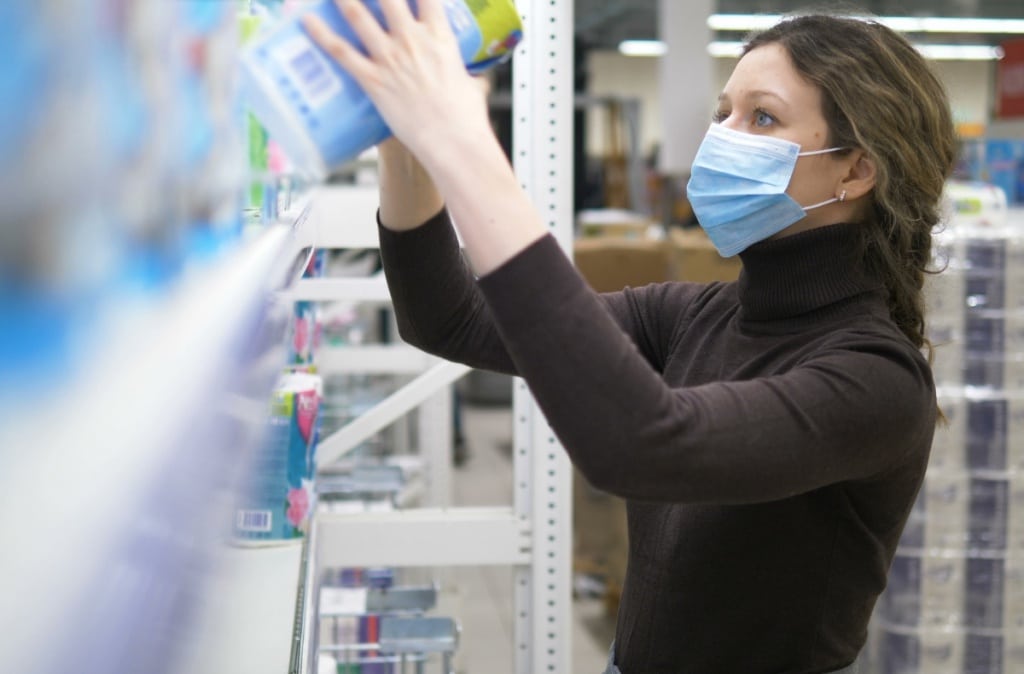
In March, stores in the U.S., Europe, and around the world were experiencing what panic buying meant. At the time, buyers, fearing the lockdown, were buying disinfectants and toilet paper, leaving the supermarket’s shelves empty. The situation stabilized, but the increase in the number of illnesses and the increased probability of new quarantine measures led to panic mood returns. Buyers began to make purchases again.
The Walmart supermarket chain said it was already struggling to meet the demand for cleaning products. Still, it confirmed this time the market is much better prepared than it was in March. The situation is similar for Amazon, which is actively working with the manufacturers to replenish its inventory of fast-moving items such as disinfectant wipes and paper towels.
Retailers, who have already experienced a wave of panic buying, are trying to prevent supply disruptions and provide more stock of the most popular items in stock. However, most large networks are already beginning to impose restrictive measures on the number of goods purchased by each buyer. At the same time, some chains, like Kroger, limit the options available in physical stores and online shopping.
Photo credit: depositphotos.com.